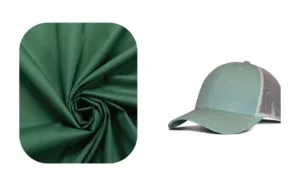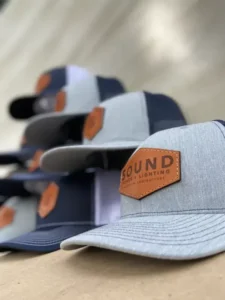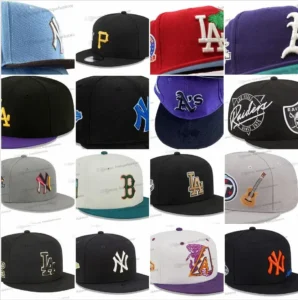Hats aren’t just practical accessories — they’re expressions of personal style, culture, and craftsmanship. But what really makes a hat “high quality”? Is it the fabric, the way it’s made, or even the brand behind it? In essence, a high-quality hat is defined by premium materials like beaver or rabbit fur felt, expert craftsmanship, and thoughtful design, ensuring durability, comfort, and timeless appeal. This guide dives into the key differences that separate everyday hats from exceptional ones, helping you understand exactly what to look for next time you’re shopping or designing headwear.
Think about a finely crafted fedora or a classic felt derby—these hats have stories woven into every stitch and fiber. Behind their polished look is a blend of tradition and innovation that sets them apart. Curious to discover what really goes into making such hats? Let’s unpack the details.
1. What Materials Define a High-Quality Hat?
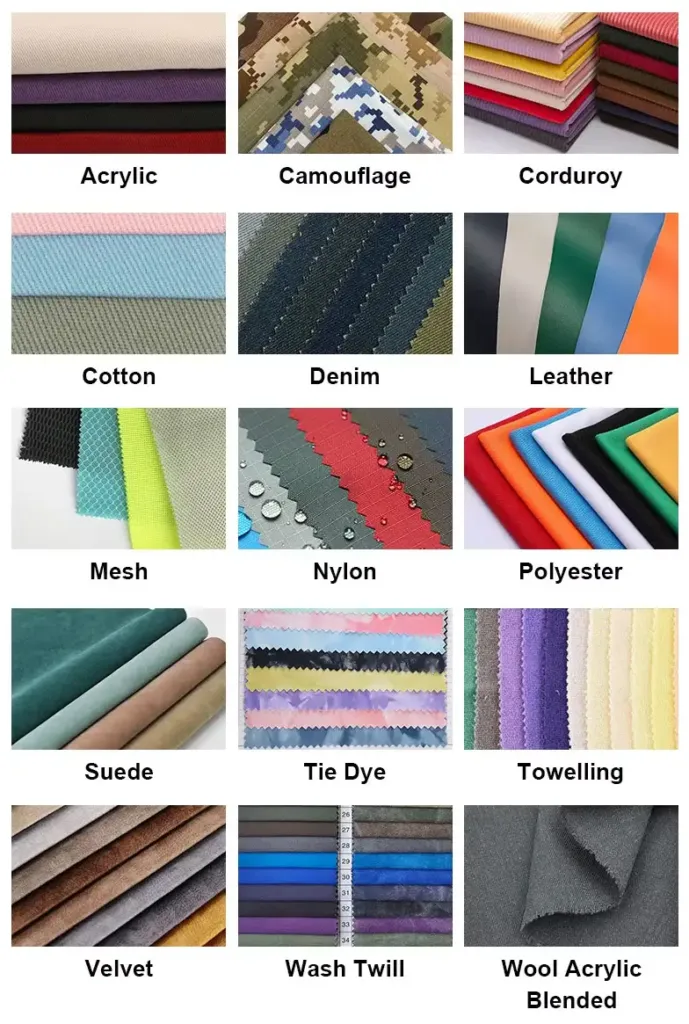
High-quality hats use premium materials like beaver fur felt, rabbit fur felt, and top-grade wool that provide durability, shape retention, and a luxurious finish.
- Beaver Fur Felt: Known for its superior durability, water resistance, and ability to maintain shape over time, beaver fur felt remains a top choice for luxury hats. Its dense fibers create a smooth, velvety finish.
- Rabbit Fur Felt: Offers a softer touch and is easier to shape, though slightly less durable than beaver felt. It’s a popular choice for mid- to high-range hats.
- High-Grade Wool: A breathable and comfortable option, wool felt is often used in casual and seasonal hats. Though less resilient, it can be crafted finely and affordably.
- Straw Materials: For summer hats, natural straw like Panama or Toyo is prized for lightweight, breathable construction with craftsmanship often judged by the tightness of the weave.
| Material | Durability | Water Resistance | Typical Use | Price Range |
|---|---|---|---|---|
| Beaver Fur Felt | Very High | Excellent | Luxury felt hats | $$$$ |
| Rabbit Fur Felt | High | Good | Premium felt hats | $$$ |
| Wool Felt | Moderate | Moderate | Casual/winter hats | $$ |
| Panama Straw | Low | Poor | Summer/sun hats | $$-$$$ |
Choosing the right material impacts not just looks but longevity and comfort.
2. How Does Craftsmanship Influence Hat Quality?
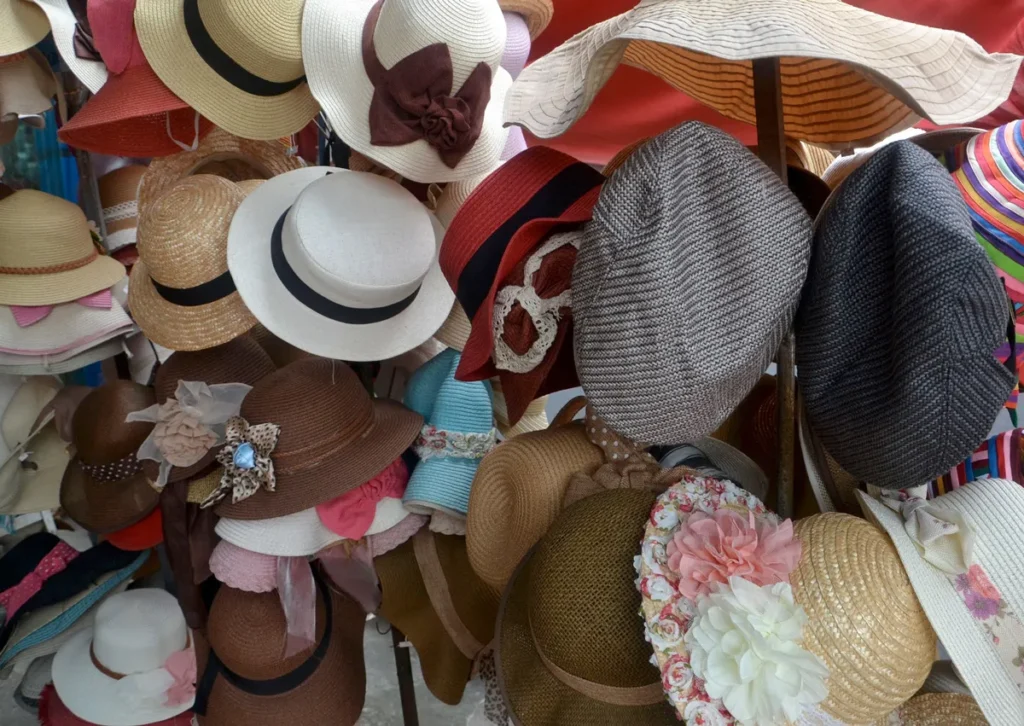
The skill, attention to detail, and production techniques used in crafting hats significantly affect their fit, finish, and lifespan.
- Handcrafting vs. Machine Production: Hats crafted by skilled artisans typically feature hand-stitched sweatbands, hand-shaped brims, and precise felting, resulting in better fit and finish compared to mass-produced hats.
- Finishing Details: Quality sweatbands, reinforced seams, smooth linings, and fine trimming enhance durability and wearer comfort.
- Heritage Brands and Custom Makers: Experienced hatters maintain high standards by blending traditional methods with modern technology, ensuring each hat is a piece of art.
| Craftsmanship Aspect | Handcrafted | Machine-Made |
|---|---|---|
| Fit & Comfort | Superior fit, adjusted | Standard sizing |
| Detailing | Hand-stitched, refined | Uniform, less detailed |
| Durability | Longer-lasting | More prone to wear |
| Price | Premium | Affordable |
Attention to detail can transform a hat from ordinary to heirloom-quality.
3. What Role Does Design Play in a High-Quality Hat?
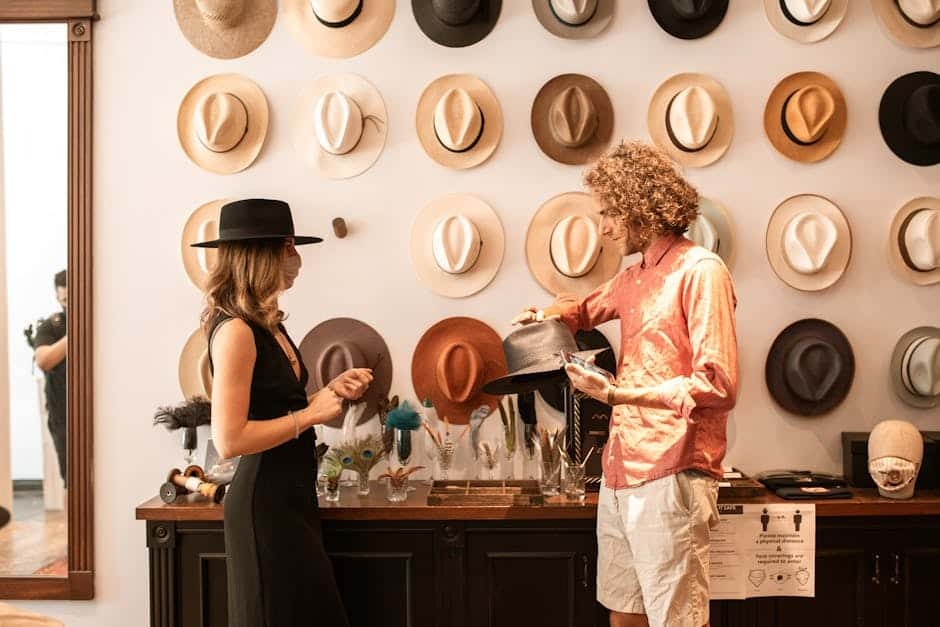
Good design balances aesthetics with functionality, ensuring the hat fits well, looks stylish, and suits the intended purpose.
- Fit and Size: Proper measurements and adjustable features prevent discomfort and slippage.
- Style Consistency: Timeless silhouettes and balanced proportions contribute to enduring appeal.
- Functionality: Features like UV protection, water resistance, ventilation, or insulation enhance usability without compromising style.
- Versatility: Some hats are designed for multiple occasions — a good design blends casual and formal elements effortlessly.
| Design Element | Importance | Examples |
|---|---|---|
| Fit | Comfort and wearability | Adjustable bands, sizing |
| Style | Visual appeal and trend | Fedora, bowler, wide brim |
| Functionality | Practical features | Water repellency, vents |
| Versatility | Adaptability across events | Neutral colors, classic cuts |
Thoughtful design helps hats become more than just accessories—they become staples.
4. How Do Ethical Practices Affect Hat Quality?
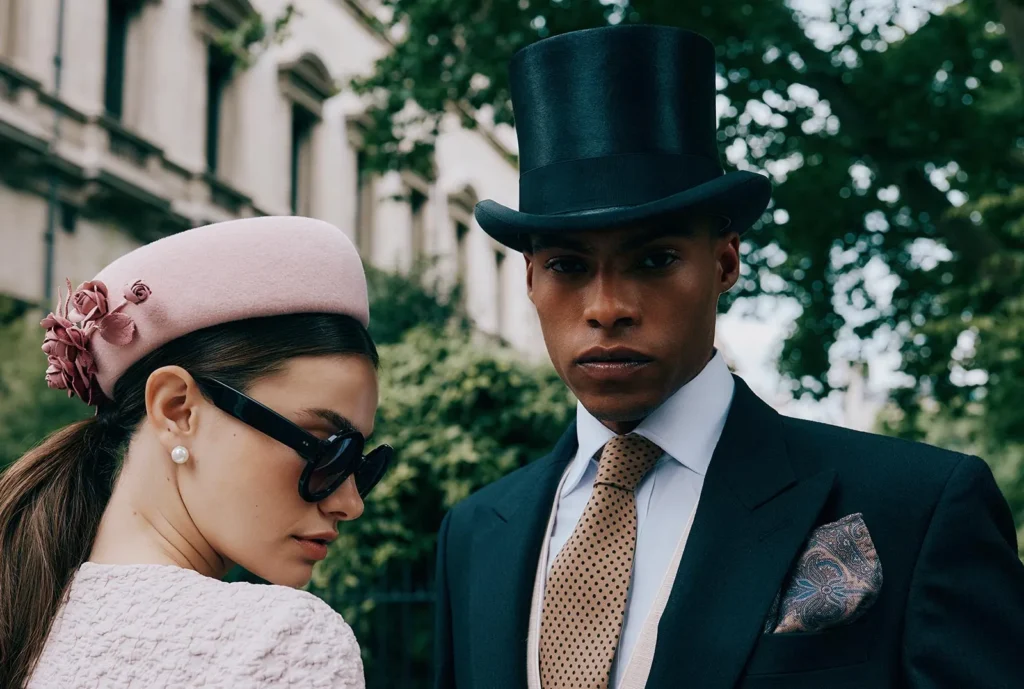
Sourcing responsibly and ensuring fair labor practices contribute to not only better quality but also consumer trust and brand reputation.
- Sustainable Materials: Organic cotton, recycled fibers, and responsibly harvested fur reduce environmental impact.
- Fair Labor: Ethical brands ensure artisans receive fair wages and work in safe conditions, which often reflects in better workmanship.
- Transparency: Open communication about sourcing and manufacturing builds consumer confidence.
| Ethical Factor | Impact on Quality | Industry Example |
|---|---|---|
| Material Sourcing | Higher-grade sustainable materials | Organic wool, recycled polyester |
| Labor Practices | Skilled, motivated workforce | Fair Trade certifications |
| Transparency | Brand trust and loyalty | Public sustainability reports |
Consumers increasingly reward brands that align with their values.
5. Which Brands Are Renowned for High-Quality Hats?

Brands with longstanding reputations often produce hats with superior materials, craftsmanship, and customer satisfaction.
- Stetson: Iconic for durable cowboy and fedora hats blending tradition and innovation.
- Lock & Co. Hatters: London’s oldest hatmaker offering bespoke, handcrafted hats with exquisite detail.
- Borsalino: Italian luxury brand famed for elegant felt hats combining style and comfort.
- Panama Hat Company: Specialists in finely handwoven Panama hats showcasing artisanal excellence.
| Brand | Specialty | Price Range | Known For |
|---|---|---|---|
| Stetson | Cowboy, Fedora Hats | $$$ | Durability, classic style |
| Lock & Co. Hatters | Bespoke Hats | $$$$ | Heritage craftsmanship |
| Borsalino | Luxury Felt Hats | $$$$ | Elegance, quality materials |
| Panama Hat Company | Straw Hats | $$-$$$ | Traditional weaving |
Brand history often signals quality commitment and reliability.
6. How Can You Identify a High-Quality Hat?
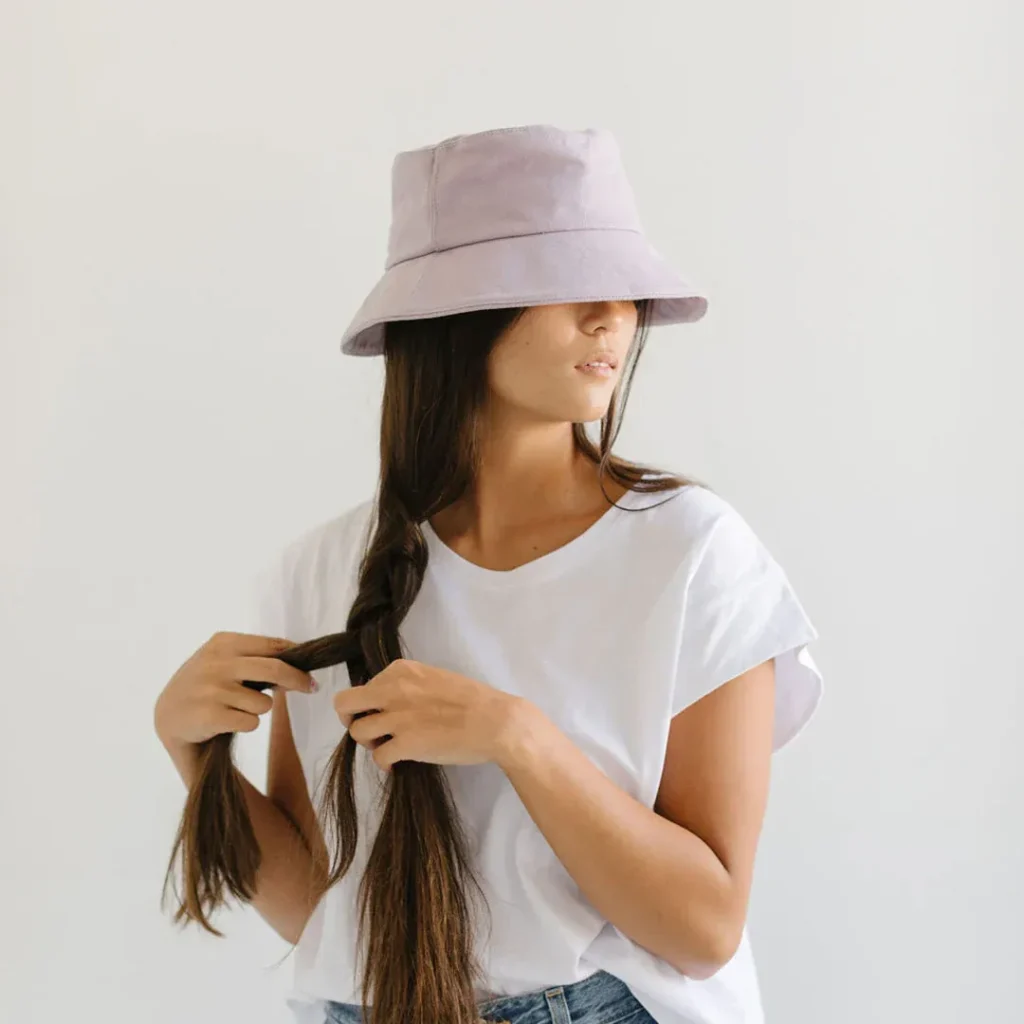
Examining material feel, construction details, design integrity, and brand reputation helps you spot superior hats.
- Material Texture: Premium hats have smooth, dense, and substantial fabrics.
- Stitching and Seams: Look for even, tight stitches and reinforced areas, indicating care.
- Brim and Crown Shape: Hold their form well without warping or sagging.
- Brand Research: Reviews, heritage, and certifications provide additional assurance.
| Inspection Point | What to Look For | Quality Indicator |
|---|---|---|
| Material | Smooth, dense fabric | High-quality felt or straw |
| Stitching | Tight, even seams | Skilled craftsmanship |
| Shape | Sturdy brim and crown | Longevity |
| Brand Reputation | Positive reviews and history | Trustworthy manufacturer |
These checks prevent disappointing purchases and ensure lasting satisfaction.
A high-quality hat is a blend of superior materials, expert craftsmanship, thoughtful design, ethical sourcing, and reputable branding. Understanding these factors empowers you to choose hats that are comfortable, stylish, durable, and responsible.
At Kinwin, we merge cutting-edge manufacturing with sustainable sourcing and rigorous quality control to create custom hats tailored to your needs. Whether you seek premium materials or eco-friendly options, Kinwin is your go-to partner.
Contact Kinwin today to request a quote or discuss your custom hat project — let’s create hats that stand out for all the right reasons!



